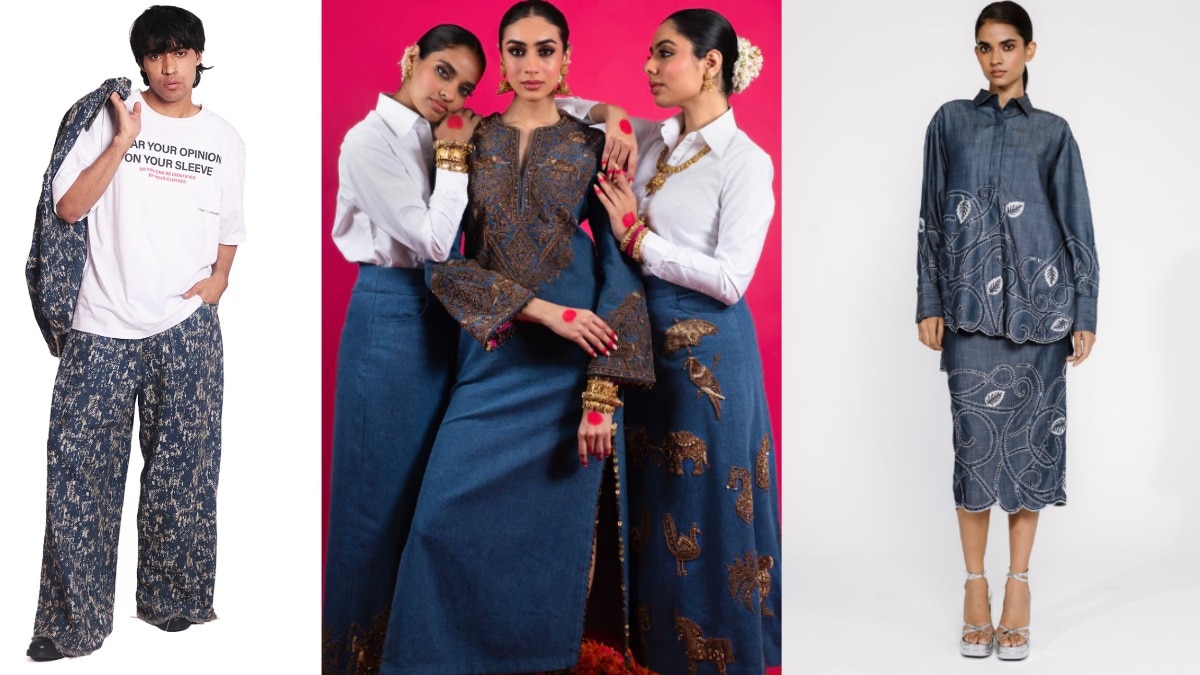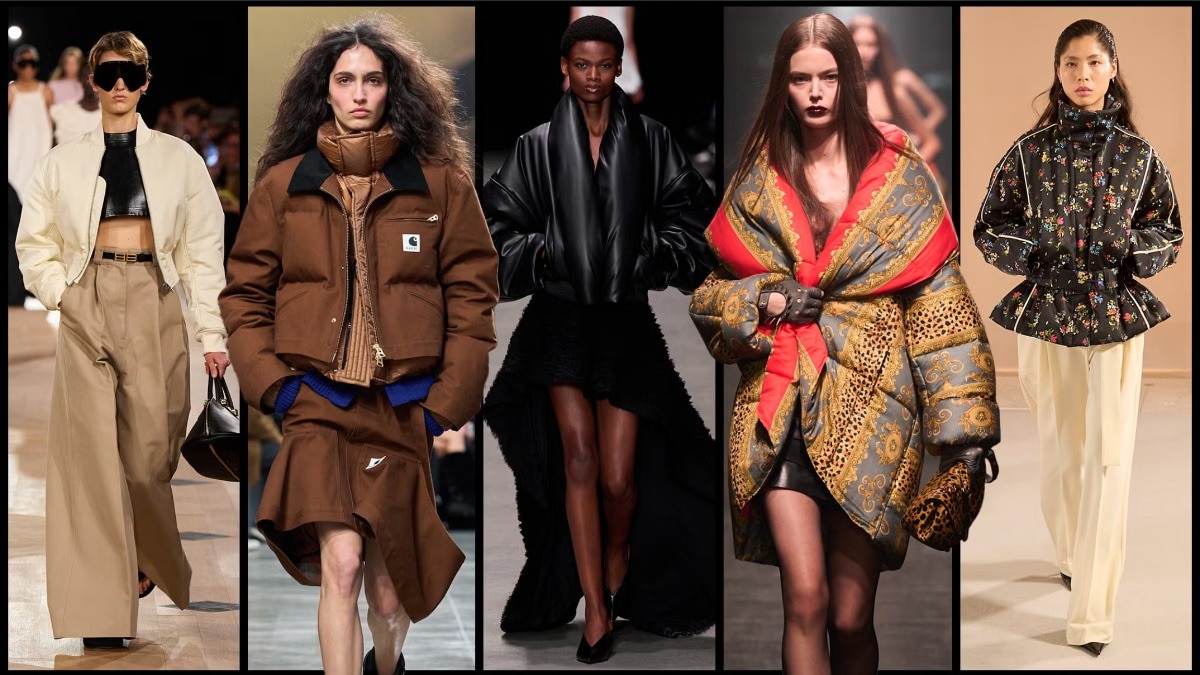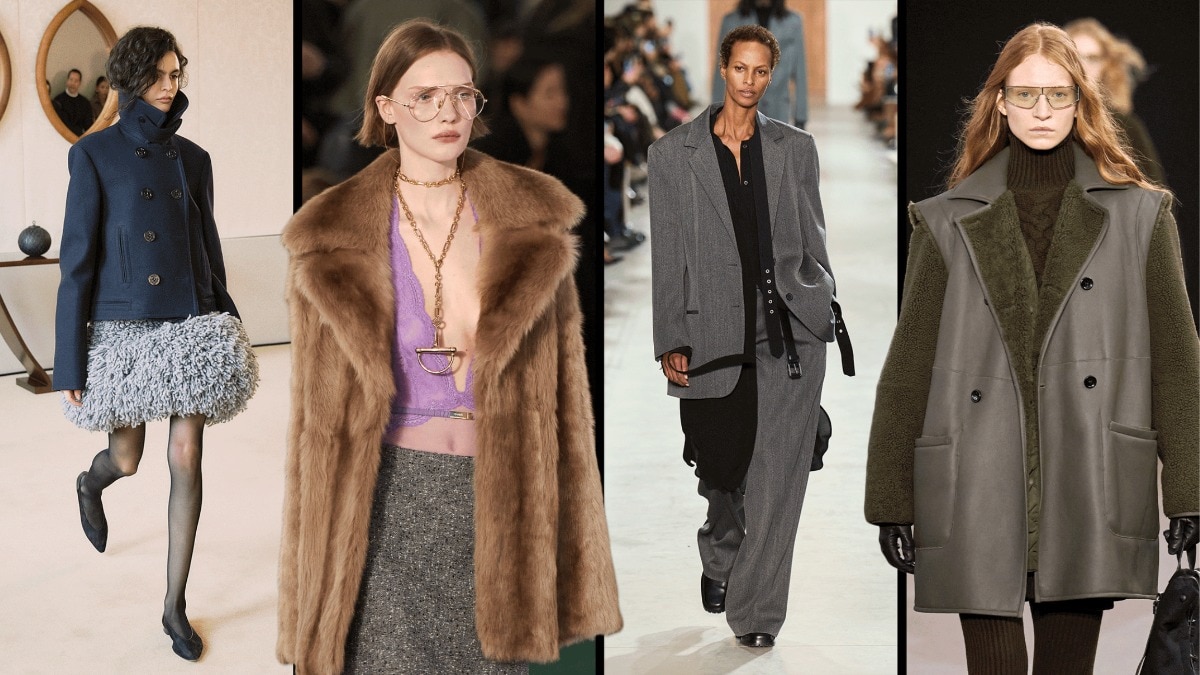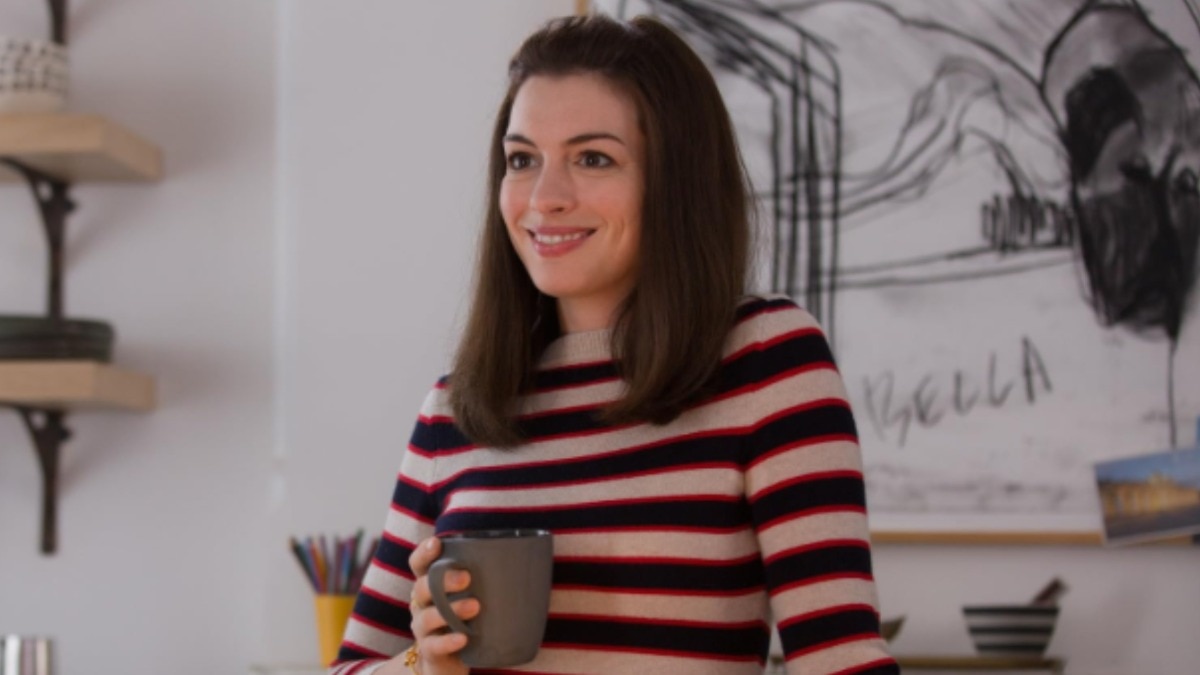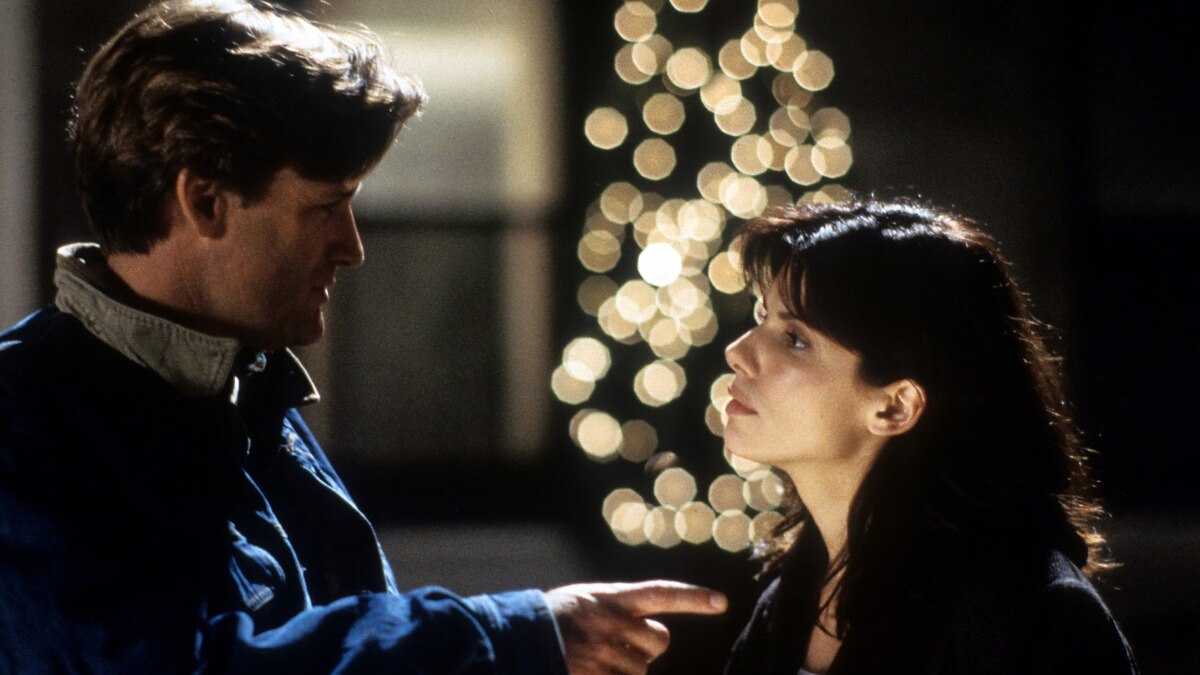
How Chanel's timeless tweed suit became a symbol of women empowerment
Suiting up for a change.


There is something really special about wearing your boyfriend's clothes, but when you are Gabrielle ‘Coco’ Chanel, you turn this simple act of intimacy into something so iconic that people continue to covet it, even a hundred years later.
The classic Chanel tweed suit was born out of a need for comfort while maintaining an air of sophistication. Chanel believed menswear was far more comfortable than pre-war women's fashion and often wore her lover, Hugh Richard Arthur Grosvenor, the 2nd Duke of Westminster’s clothes. She combined the nuances of those outfits with her love for equestrian wear and created silhouettes that spelled comfort and style, which have transcended generations.
She soon discovered the versatility of tweed, which at that time was primarily produced at Scottish twill mills. The fabric was lightweight and its unique blend of fibres made it perfect for tailored pieces. It draped flawlessly, maintaining its shape while also hugging the body. And thus, tweed became synonymous with the brand and the cornerstone of Chanel's styles.

Chanel wanted to dress women in "suits that make them feel at ease but still emphasise femininity”.
In 1925, she showcased her new design at a small show in her salon on Rue de Cambon in Paris. This suit became more than just a new fashion trend; it became a symbol for liberated women. It freed women from the shackles of restrictive corsets, ornate garments, and skirts worn during the Belle Époque.

The original design was of a boxy jacket with defined shoulders and a skirt with a fitted silhouette, with double-C buttons, and a gold chain hidden in the hem—a far cry from the traditional bulky suits. It was the perfect marriage of comfort, versatility, and elegance, and reflected the changing roles of women in society at the advent of the second feminist movement. It forever changed the way women dressed and perceived themselves. Chanel’s avant-garde approach to fashion was embraced and adored by notable women like Princess Diana, Jackie Kennedy, and Barbara Walters, among others, and became a symbol of sophistication and elegance. Not only was it an instant hit with the who's who of the world, but it also, in some way, embodied a sense of freedom for women at that time.
In 1963, Texas, the Chanel suit gained immense publicity, albeit under unfortunate circumstances. The then first lady, Jackie Kennedy, adorned a strawberry pink double-breasted suit from the Chanel Haute Couture Fall/Winter 1961 collection on the day her husband, President John F Kennedy was assassinated. The suit is currently in the National Archives and will not be put on display until 2103.

Even today, the Chanel tweed suit remains a fashion statement. Designers such as Karl Lagerfeld and Virginie Vard, who have followed in Coco Chanel's footsteps, have paid homage to the designer. They have reimagined the suit in contemporary silhouettes, experimented with embellishments, colours, and patterns to appeal to today's fashion enthusiasts, but have never lost its core essence. Today, the Princess of Wales, models like Hailey Bieber and Kendall Jenner, and actors such as Cameron Diaz and Gwyneth Paltrow among others, have a piece of Chanel's most prized design in their wardrobe. Even male celebrities such as Kendrick Lamar, Pharell Williams, and Park Seo-Joon have been spotted wearing this jacket.
The Chanel suit is a testament to Gabrielle Chanel's vision and has played a part in the movement for women's rights. It is a timeless emblem of empowerment and a reminder that fashion, too, plays a crucial role in change in society.



